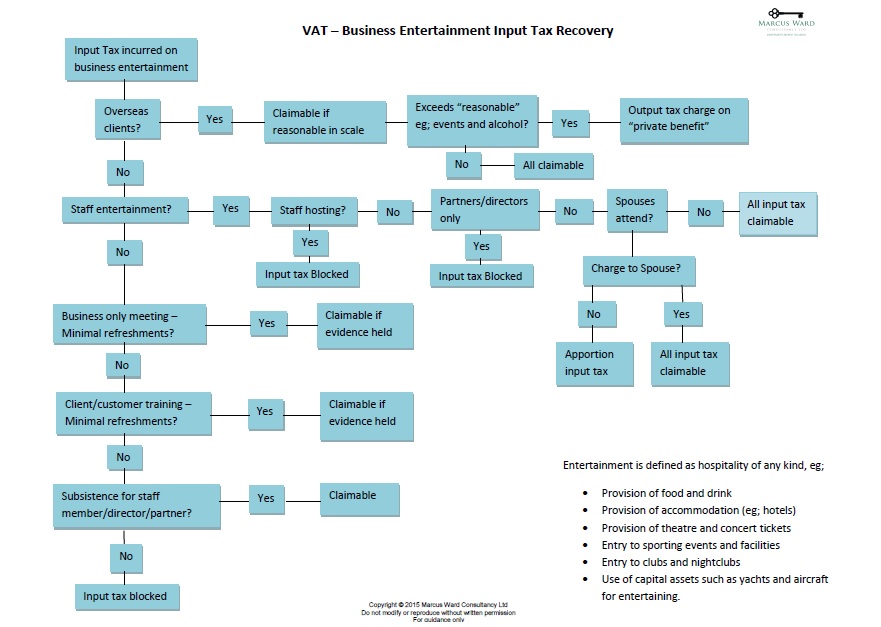Further to the usual complexity with VAT and property, I have been increasingly asked about the VAT position of holiday lets, so this is a timely piece on the subject.
All residential letting is exempt… except holiday lets, which are standard rated at 20%. So, what is the difference? A house is a house, but the VAT treatment depends on how the property is advertised or “held out”.
If a property is held out for holiday accommodation, then the rental income is taxable.
What is holiday accommodation?
Holiday accommodation includes, but is not restricted to; any house, flat, chalet, villa, beach hut, tent, caravan or houseboat. Accommodation advertised or held out as suitable for holiday or leisure use is always treated as holiday accommodation. Also, increasingly, it is common for farms and estates to have cottages and converted barns within their grounds, which are exploited as furnished holiday lets so this use must be recognised for VAT purposes. Residential accommodation that just happens to be situated at a holiday resort is not necessarily holiday accommodation.
This treats holiday lets the same way as; hotels, inns and B&B were VAT applies, which is fair.
Off-season lettings
If holiday accommodation is let during off-season, it should be treated as exempt from VAT provided it is let as residential accommodation for more than 28 days and holiday trade in the area is clearly seasonal.
What does this mean?
If the letting business exceeds the VAT registration threshold, currently £85,000, it must register for VAT. This usually means that either the business would lose a sixth of its income to HMRC or its letting fees would increase by 20% – which is not usually an option in a particularly price sensitive market. The only upside to registration is that VAT incurred on costs relating to the letting (input tax) would be recoverable. This may be on expenditure such as; agents’ fees, maintenance, refurbishments, laundry, websites and advertising etc.
Agents
If a property owner provides a property to a holiday letting agent and the agent itself provides the letting directly to the end users, this does not avoid the standard rating, even if the agent pays a guaranteed rent to the freeholder. This can catch some property owners out.
Sale of the property
When the owner sells the property, although it may have been used for standard rated purposes, the sale is usually treated as exempt. However, zero rating may be available for the first sale or long lease if it is a new dwelling with no occupancy restrictions. The sale of a “pure” holiday property is likely to be standard rated if it is less than three years old. To add to the complexity, it is also possible that the sale may qualify as a VAT free Transfer Of A Going Concern (TOGC). These are important distinctions because they determine, not only if VAT is chargeable, but, if the sale is exempt, there is usually a clawback of input tax previously claimed, potentially visa the Capital Goods Scheme (CGS).
Overseas properties
A final point: please do not forget overseas property lets. My article here sets out the tax risks.
Summary
There are a lot of VAT pitfalls for a business providing holiday lettings. But for a single site business, unless the property is large or very high end, it is likely that the income will below £85,000 and VAT can be ignored. However, it is important to monitor income and costs to establish whether:
- registration is required
- registration is beneficial (usually, but not exclusively, for major refurbishment projects).
As always, please contact me if you, or your clients, have any queries.

